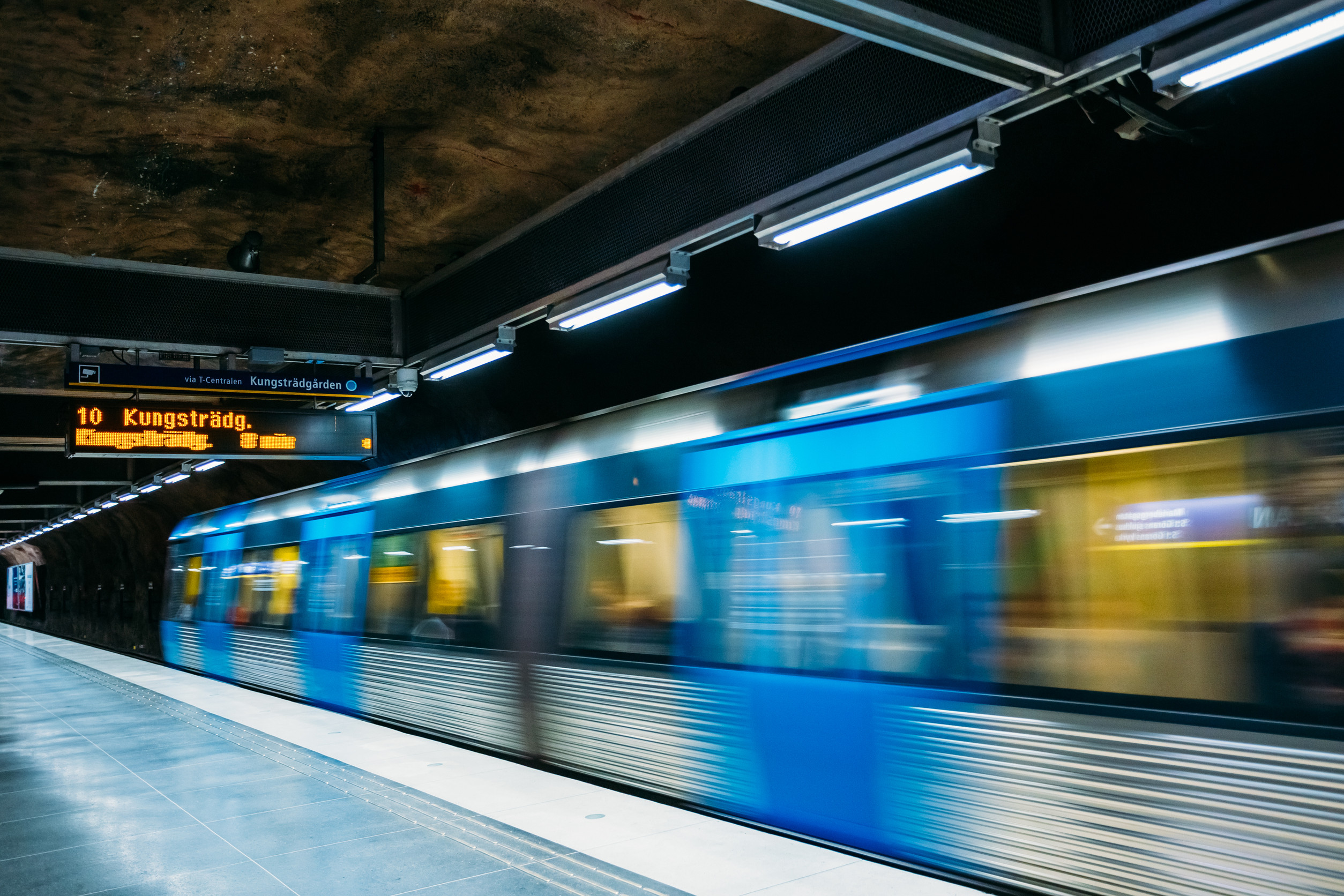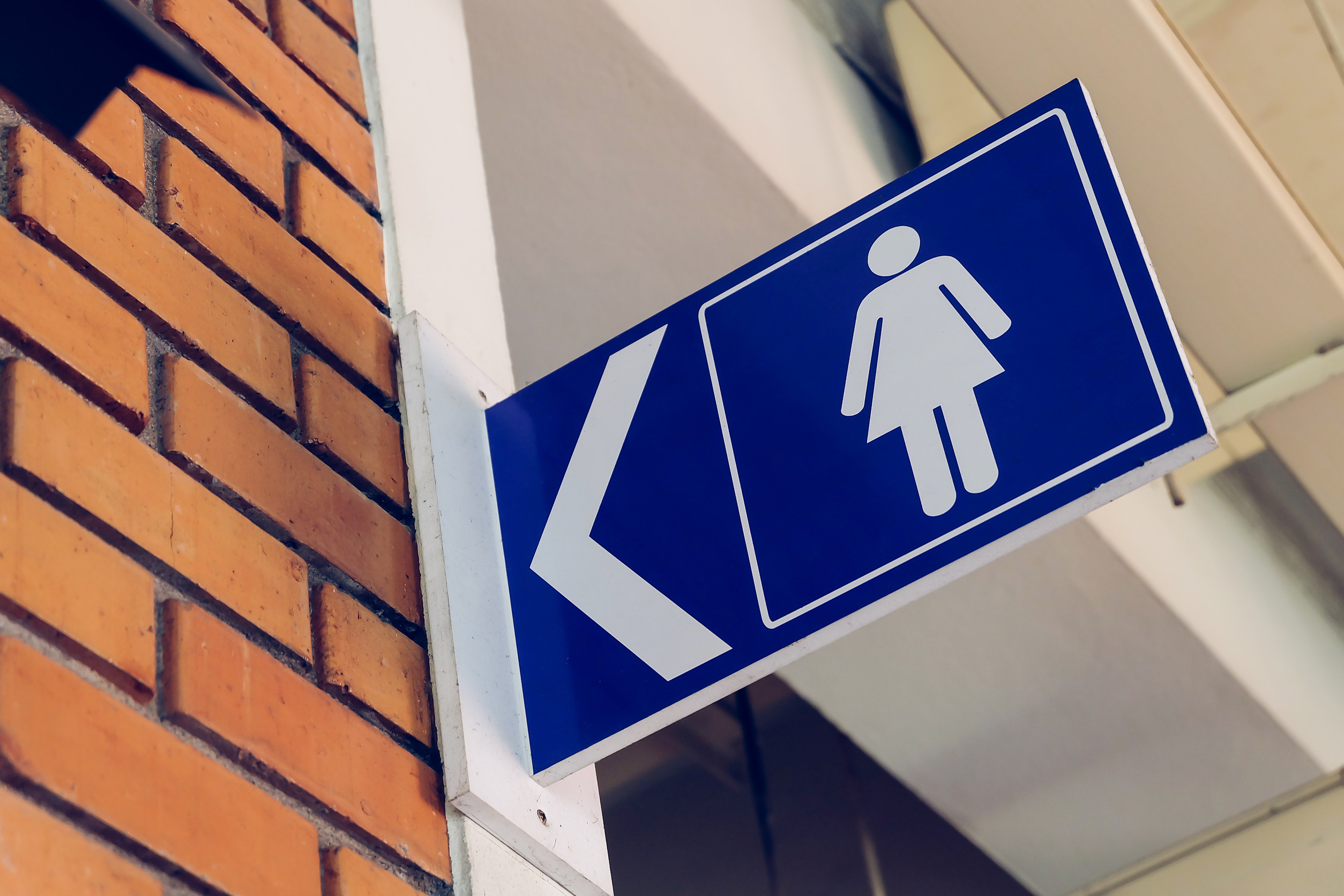Once upon a time, public spaces were seen as gathering spots for connection, celebration, and everyday life. They were where people felt free, anonymous, and relatively secure. But the world has changed. From rising crime rates and growing concerns over public health to geopolitical instability and digital surveillance, certain spaces have quietly lost the aura of safety they once held.
Experts are sounding the alarm, and people are rethinking where they go, how long they stay, and what precautions they take.
1. Urban Transit Systems
Subways, buses, and train stations used to symbolize the heartbeat of modern cities. Now, they are increasingly being identified as high-risk zones by safety analysts and urban policy advisors. Spikes in violent altercations, vandalism, and even biosecurity concerns have raised red flags. In major metropolitan areas, the pandemic underscored how quickly germs can travel in tight, enclosed spaces—issues that still linger in the air today. Security improvements have been made in some places, but for many, mass transit no longer feels like a guaranteed safe passage.
2. Public Parks After Dark
Public parks remain places of natural beauty and community engagement during daylight hours. As evening falls, though, the dynamic often shifts, prompting safety experts to caution against visiting them alone or after dark. Poor lighting, limited surveillance, and sparse foot traffic have created opportunities for crime to thrive. Local law enforcement often notes an uptick in incidents such as muggings and illicit activity during nighttime hours. What was once a place for peace and solitude is now, in many cities, a calculated risk.
3. Large-Scale Festivals and Concerts
Mass gatherings like music festivals and cultural events used to be synonymous with carefree fun. Today, experts increasingly see them as potential targets for both violence and logistical breakdowns. Overcrowding, inadequate exits, and delayed emergency response are issues that have led to serious injuries or worse at several recent high-profile events. Add to that the threat of active shooters or terrorist incidents, and the once-electric atmosphere of these gatherings comes with an undercurrent of anxiety. Organizers are adapting with enhanced security, but the fear has permanently altered public perception.
4. Shopping Malls
Shopping malls have gone from bustling retail meccas to places where safety is no longer taken for granted. Security analysts and criminologists note an uptick in loitering, theft, and even violent outbursts in some mall environments. With the decline of retail foot traffic and vacancies increasing, some spaces are less monitored and more vulnerable to crime. High-profile incidents involving shootings have led both shoppers and experts to question the safety of these once-familiar hangouts. While some malls have invested in better surveillance, many are still considered soft targets.
5. Public Restrooms
Though always a space requiring caution, public restrooms are now viewed with even greater skepticism by safety professionals. They are frequently cited as hotspots for illicit activity, substance abuse, and even human trafficking in some high-risk areas. Poor maintenance, lack of security, and minimal visibility make them difficult to monitor effectively. Public health experts also note that these areas are breeding grounds for bacteria and viruses if not regularly sanitized. As a result, many people think twice before using one, even in emergencies.
6. School Campuses and Universities
Educational institutions were long considered sanctuaries for learning and community. But in recent years, school safety has become a national and even global concern. The rise in on-campus violence, particularly shootings, has led to the implementation of lockdown drills, metal detectors, and security personnel in settings that once felt wholly nurturing. Cybersecurity threats and stalking have also increased among college-age populations, particularly in urban campuses. These shifts have transformed the emotional and psychological environment of educational spaces.
7. Movie Theaters
Cinemas were once escape portals, where audiences could immerse themselves in fantasy or drama without fear. But the vulnerability of sitting in a dark, enclosed space for hours has come under scrutiny. Past incidents of violence have made a lasting impression on safety experts and the public alike. Theaters are difficult to monitor in real time, and emergency exits are not always easily accessible. Despite efforts to upgrade security, including bag checks and surveillance, the aura of safety has dimmed considerably.
8. Tourist Attractions
Iconic landmarks and tourist-heavy zones used to offer excitement and awe for travelers. Today, they are also flagged as potential risk areas for theft, scams, and terrorism. Crowds provide cover for pickpockets, while political unrest or geopolitical tensions have made some global destinations especially volatile. Travel experts urge caution, especially at high-traffic attractions where foreign visitors may be unfamiliar with local dangers. Safety in these areas now requires vigilance, planning, and sometimes, reconsideration altogether.
Staying Safe While Staying Public
Public spaces were once symbols of freedom and belonging, but that narrative is shifting as experts highlight growing safety concerns. These aren’t warnings meant to breed paranoia—they’re reminders to stay alert, informed, and adaptable in an ever-changing world. Where people gather, risks will always exist, but knowledge is the first step toward smarter decisions. Whether navigating city streets, hopping on a train, or planning a night at the movies, caution is becoming the new normal.
Have you felt a shift in how safe public places feel? Share your thoughts or a recent experience in the comments below.
Read More
10 Things You Should NEVER Do When Arguing in Public (If You Want to Stay Safe)
10 Things You Would NEVER Say to Yourself in Public—But Absolutely Should


